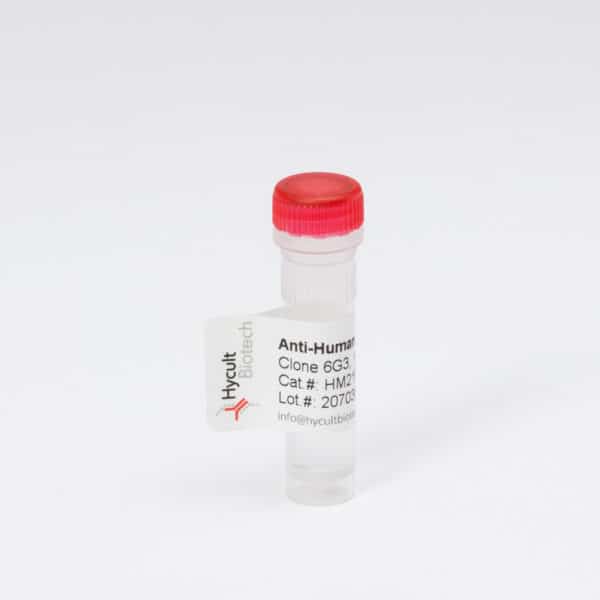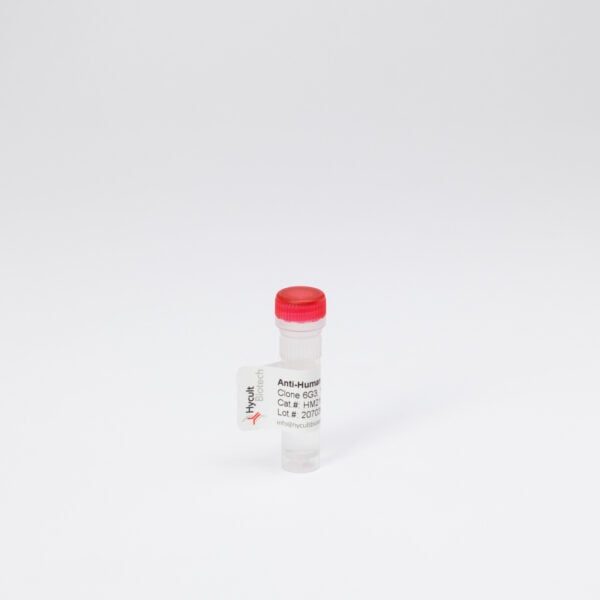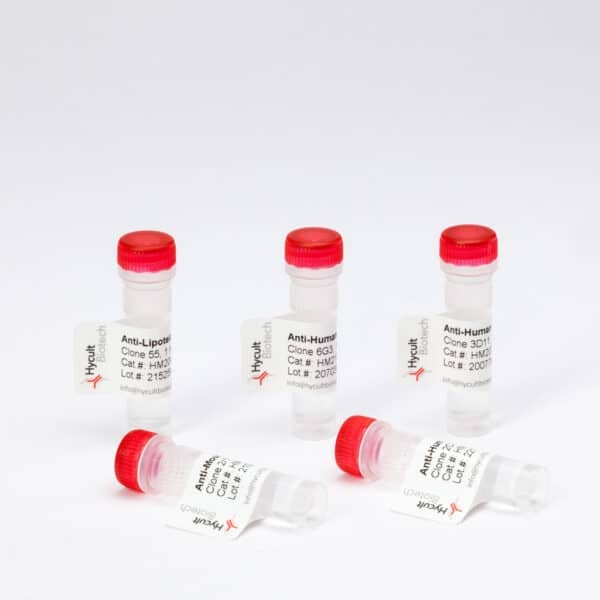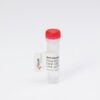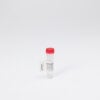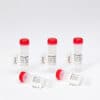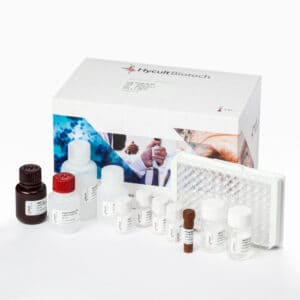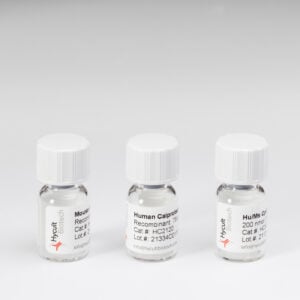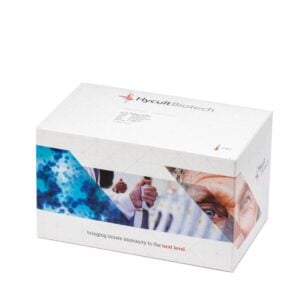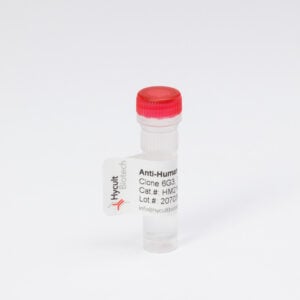iC3b, C3dg, C3d, Human, clone C3-12.2
The antibody clone C3-12.2 recognize complement iC3b, C3dg, and C3d. The recognition domain is determined to CUB-TED. The antibody blocks C3 activation by AP C3-convertase.
Read more€125.00 – €390.00
Exploring the Crucial Roles of iC3b, C3dg, and C3d in the Complement System and Immune Response
The complement system is a cornerstone of both innate and adaptive immunity, offering inflammatory and protective responses against pathogenic challenges. This article focuses on the intricate roles of iC3b, C3dg, and C3d, vital fragments in this system.
Complex Activation Pathways and Formation of iC3b, C3dg, and C3d
Consisting of a diverse family of proteins and receptors, the complement system is active in circulation, tissues, and body fluids. It activates through three pathways: classical, initiated by immune complexes; lectin, by surface-bound lectins; and the alternative pathway (AP), by non-protected surfaces. Each pathway produces a C3 convertase, cleaving the central protein C3 into C3b, which then undergoes further processing to form iC3b, C3dg, and ultimately C3d.
The Enzymatic Role of C3 Convertases
C3 and C5 convertases are enzymatic complexes that enhance the complement system’s activity, leading to the formation of the cytolytic membrane attack complex (MAC). The synthesis of C3 is tissue-specific, influenced by various stimulants. Upon cleavage, C3 yields anaphylotoxin C3a and C3b, which is crucial in initiating the terminal complement pathway and the formation of C5 convertase.
The Abundance and Functionality of C3 and Its Fragments
C3, with a molecular weight of approximately 185 kDa, is the most abundant protein in the complement system. Produced primarily by the liver, but also by macrophages, neutrophils, and other cells, C3 acts swiftly and effectively in response to pathogens. Defects in C3 can lead to recurrent infections or autoimmune diseases. C3 deficiency, though rare, has significant clinical implications, including recurrent infections and impaired immune cell development. Polymorphisms in C3 have been linked to age-related macular degeneration (AMD) and atypical hemolytic uremic syndrome (aHUS).
The Importance of iC3b, C3dg, and C3d in Immune Regulation and Disease
Beyond pathogen clearance, C3 assists in the removal of circulating immune complexes, enhancing macrophages’ phagocytic capacity. Dysfunctions in this process can lead to autoimmune diseases and tissue damage. The fragments iC3b, C3dg, and C3d are particularly significant in this context. They play pivotal roles in immune response regulation and are emerging as important biomarkers in various diseases, reflecting the dynamic nature of immune responses.
Not sure which C3 antibody to use?
With numerous options available, it is essential to select the right C3 antibody to ensure the success of your research. We designed a guide to assist you in making an informed decision:
Go to our C3 researcher’s guide and choose the right antibody
• W: the antibody can be used for reduced and non-reduced samples. (Ref.1)
You may also like…
-
€843.00 – €1,361.00
-
€519.00
-
€843.00 – €1,361.00
You may be interested in…
-
€125.00 – €390.00
-
€125.00 – €481.00
-
€125.00 – €390.00
-
€125.00 – €1,174.00
Calculate your ELISA data easily
With the ELISA calculator you can easily calculate ELISA data. Assayfit Pro helps to perform curve fitting. The calculator generates advanced reports, fit graph, fit parameters and goodness of fit are shown.
We are glad to support you!
Take advantage of our dedicated support team for any technical assistance you need while using our products or considering them for your research needs.
